
6 minute read
Precision Changes
by AOPA
Tennessee prosthetist designed a unique liner and socket solution for a patient with extra tissue on his residual limb
In each issue of O&P Almanac, the Transformations column features the success story of an O&P clinician who has worked with an inspiring or challenging patient. This month, we speak with Ronnie Dickson, CP, who helped Eric Crump improve his mobility after an elective transfemoral amputation.
When Eric Crump first visited an O&P facility, he already knew a lot about Ronnie Dickson, CP, and the Chattanooga, Tennessee, branch of Prosthetic & Orthotic Associates (POA). Crump, who elected to have his right leg amputated above the knee in fall 2020, had done a great deal of “homework” on options for O&P care. During his research, Crump learned that Dickson, founder of the Chattanooga branch of POA, had implemented cutting-edge fitting techniques for lower-limb patients; understood the needs of active patients and had extensive experience treating them; and—like Crump—had lost his leg during an elective amputation. Crump decided Dickson was an ideal clinician for his prosthetic care.
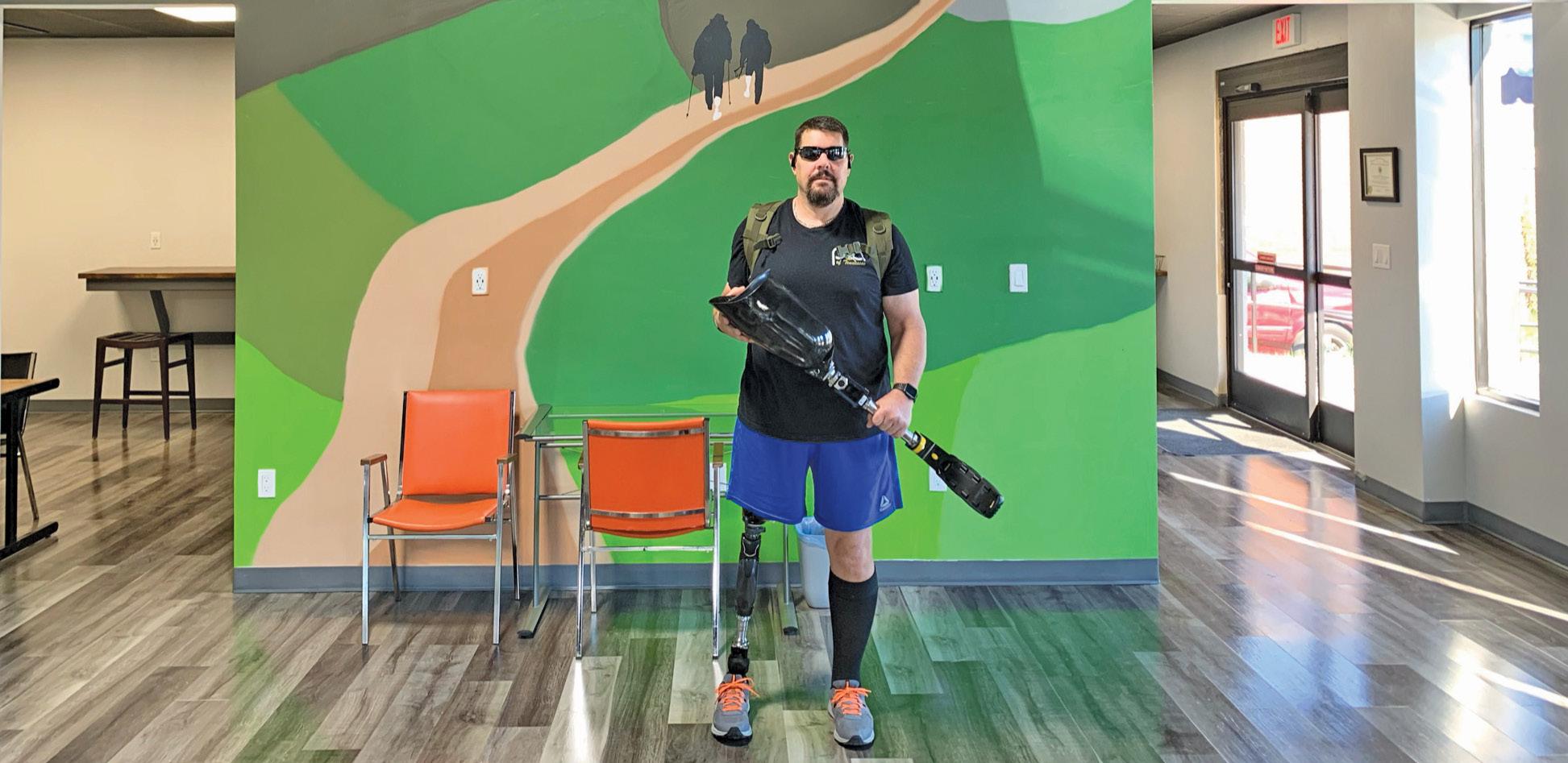
Crump made a good decision. Dickson ended up creating a tailored prosthetic solution to meet his unique needs. Crump, who was 6-foot-3-inches and 46 years old when he first entered POA, had injured his knee in his early 20s playing football in college. His leg never fully recovered. Over the years, the pain rendered him unable to exercise, and he developed back problems. He gained a significant amount of weight, rising to 400 pounds.
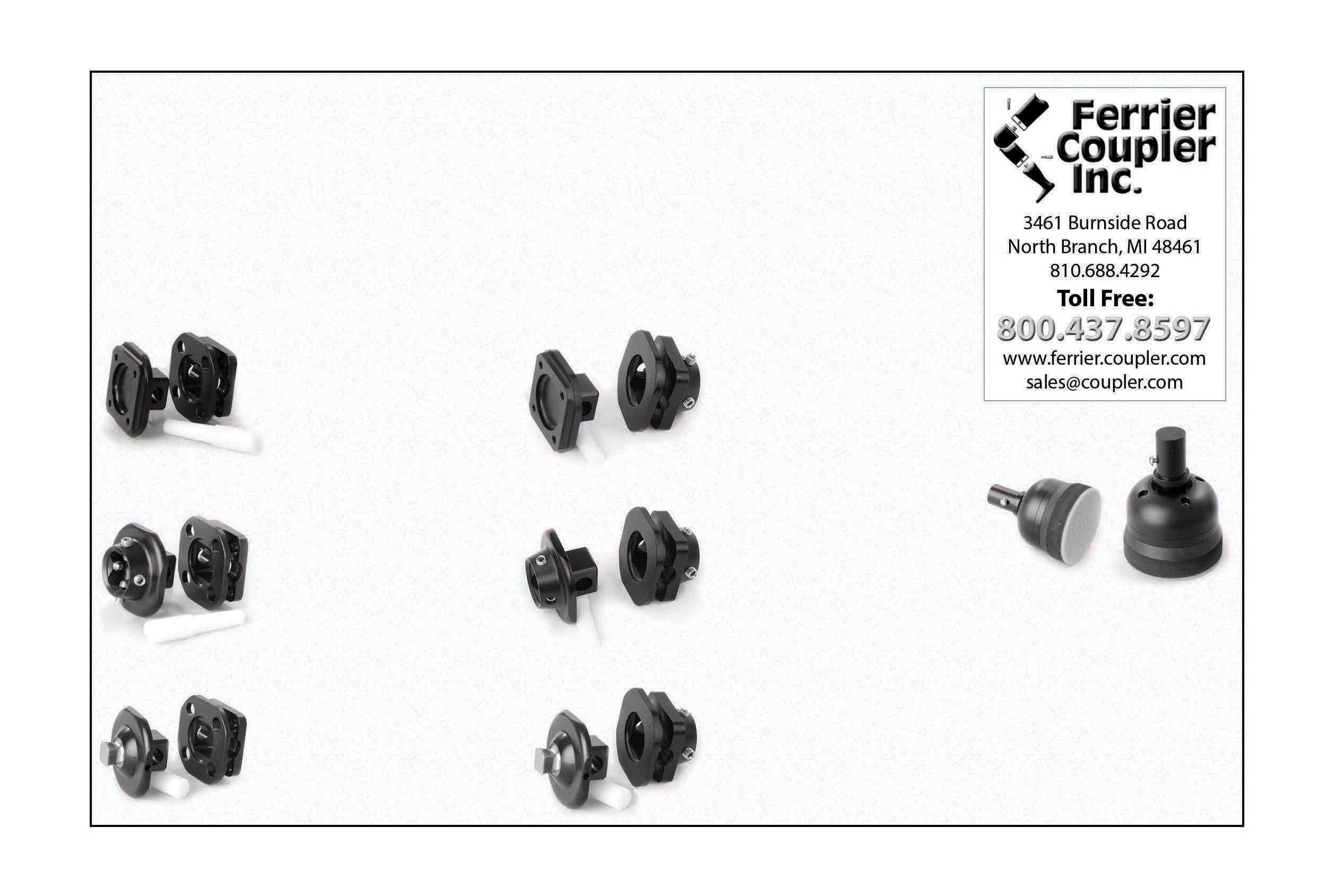
In his early 40s, Crump adjusted his nutrition and underwent gastric bypass surgery, losing 125 pounds. He decided he no longer wanted to live with severe knee pain and scheduled a transfemoral amputation—but his prosthetic needs were complicated by excessive tissue surrounding his residual limb. Dickson diligently designed a unique liner and double-wall socket (with an outer adjustable socket), providing much-needed anterior-posterior compression, which enabled Crump to become more active than he’s been in decades.
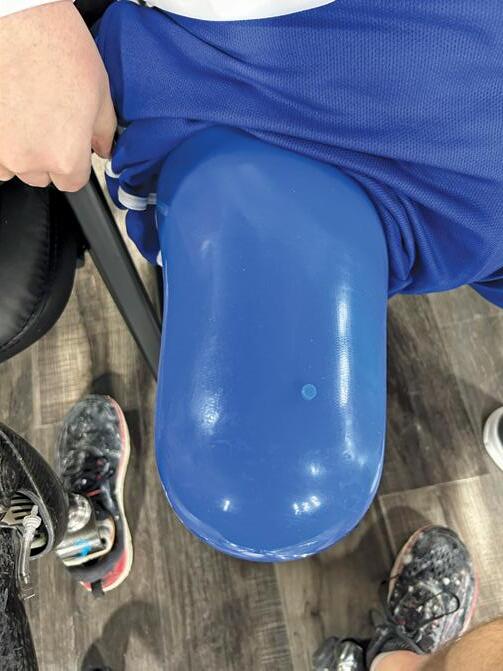
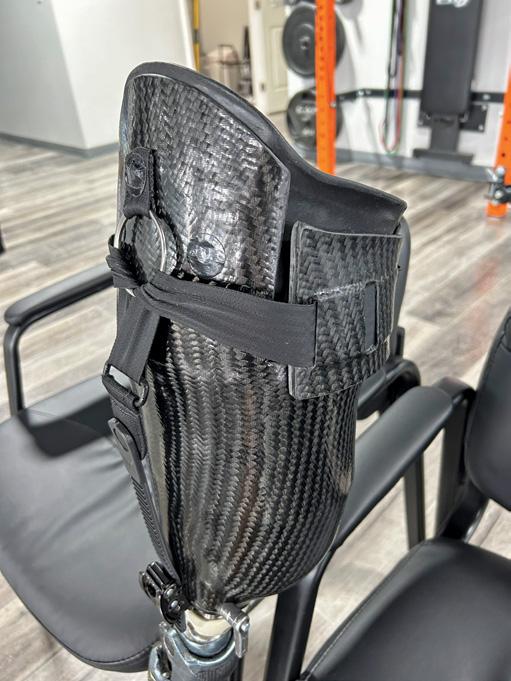
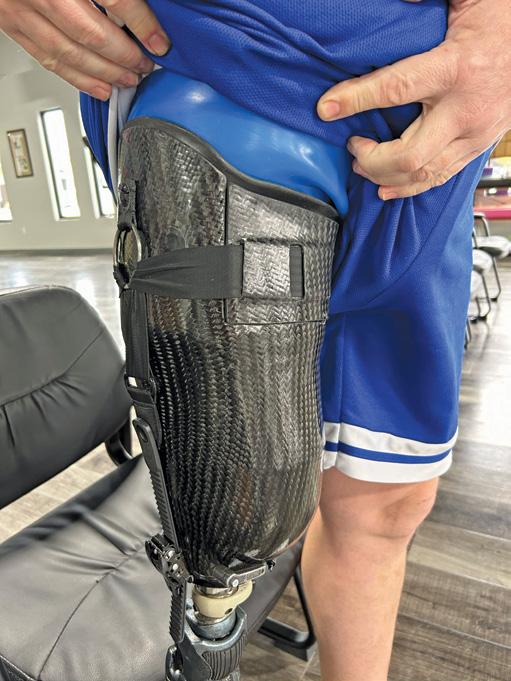
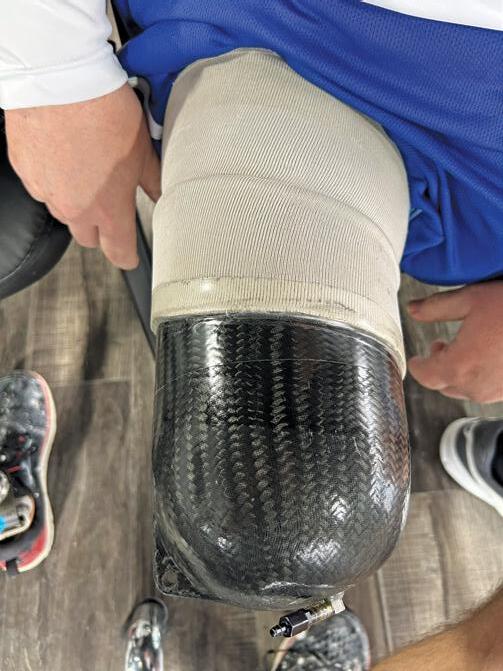
Tailoring a Solution
Because Crump contacted POA prior to his amputation, Dickson was able to counsel him on what to expect. “My amputation was also elective,” says Dickson, “so we discussed” the decision-making process and potential outcomes after an elective amputation.
As a child, Dickson had Trevor’s disease, or dysplasia epiphysealis hemimelica, a rare skeletal development disorder characterized by asymmetric overgrowth of cartilage in the epiphyses. “It was a congenital deformity that affected the growth plates in my left knee and my left ankle,” he says. Dickson spent a lot of his childhood at Shriner’s Hospital. “After some surgeries, I ended up with a limb that was very painful, and there really wasn’t any light at the end of the tunnel in terms of how that was going to get better,” he says. “When I was 17, I decided to have my leg amputated above the knee after my high school graduation.”
Dickson got involved with the Challenged Athletes Foundation (CAF) and started rock climbing, participating in the Extremity Games. He met Stan Patterson, CP, LP, founder of POA in Florida, who provided Dickson’s “first comfortable prosthesis”—that encounter set him on the path to becoming a prosthetist himself and founding the Tennessee branch of POA.
Dickson’s first-hand experience was an advantage for his relationship with Crump. Dickson communicated closely with Crump through his amputation and rehabilitation, then delivered Crump’s first prosthesis in March 2021. “What we did for him initially was our standard double-wall socket,” a design pioneered at POA in Orlando.
Crump did well with his first prosthesis, according to Dickson. No longer forced to walk on an injured knee, Crump became much more mobile following rehab. He ramped up his activity level and continued to lose weight.
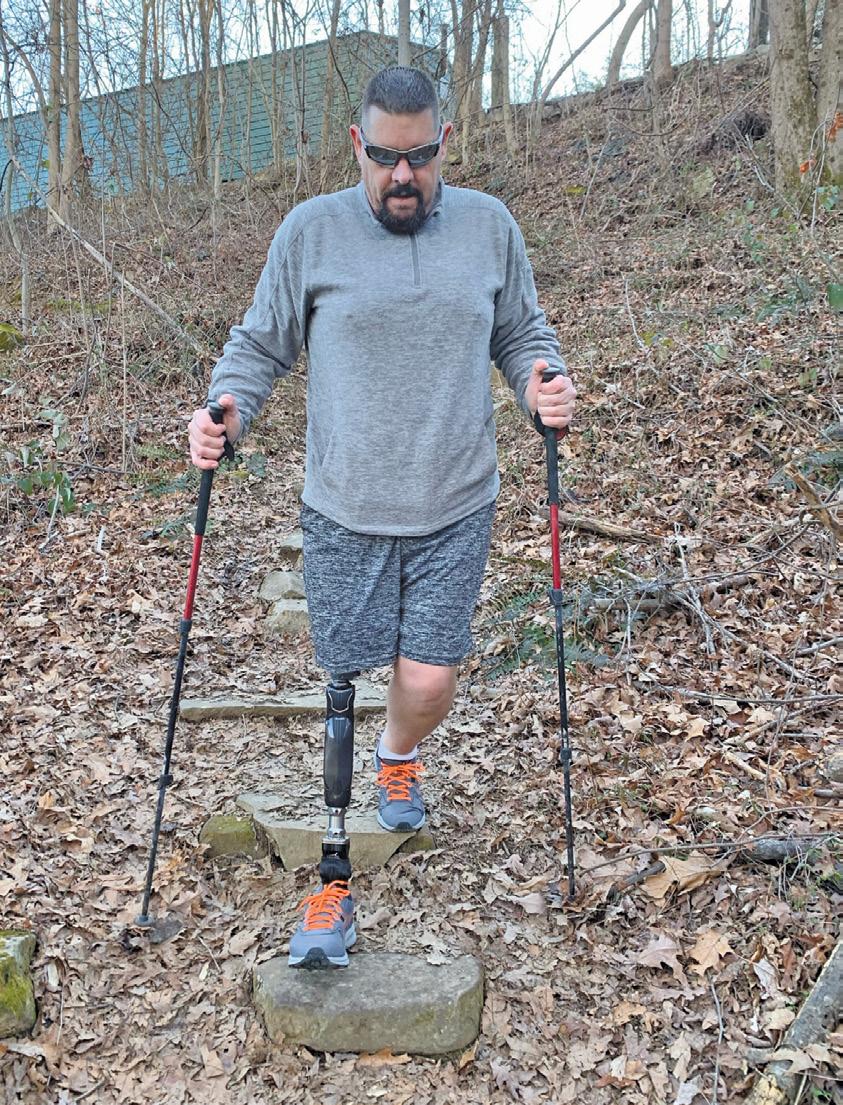
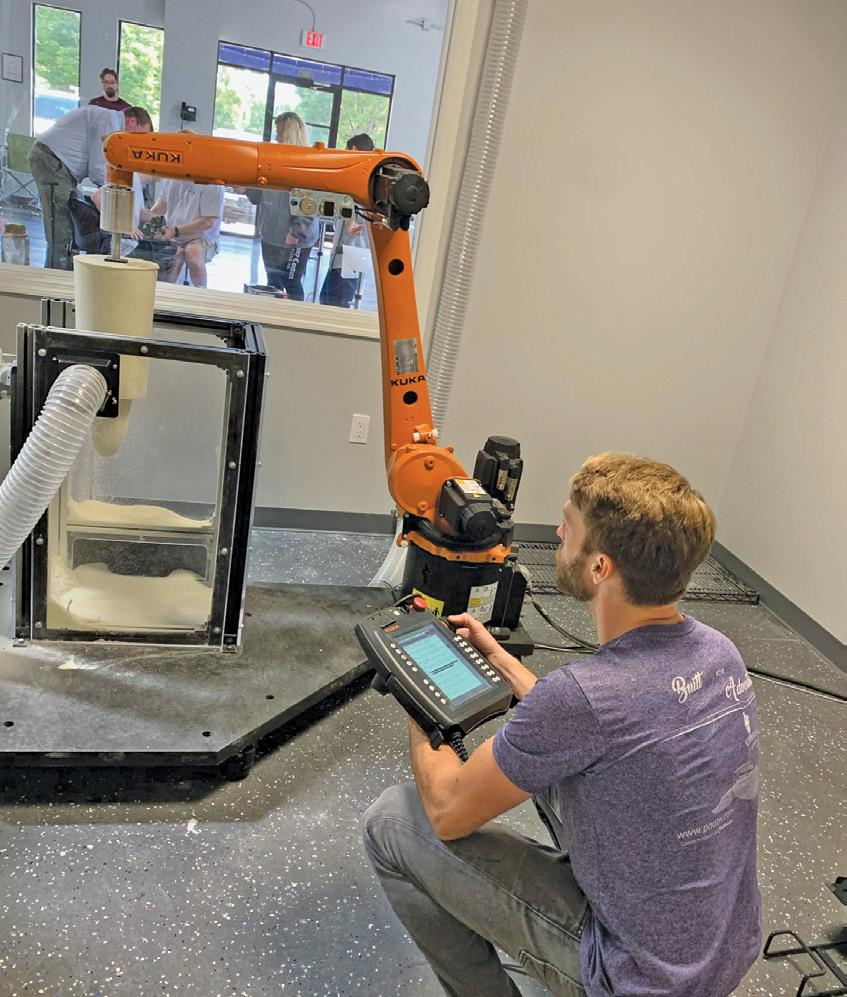
“He was really inspired with this new mobility because he started doing things he hadn’t been able to do for a very long time,” says Dickson. At one point, he and Crump went hiking together at one of Dickson’s favorite rock-climbing areas. “I think that inspired him to go and start hiking all around Tennessee,” he recalls. Crump went on to hike the Cumberland Trail—two or three times a week, five or six miles at a time—to challenge his mobility and get back into shape. He also dropped to 240 pounds.
Continuous Improvement
Dickson says his work with Crump was one of gradual improvements. As with many prosthetist-patient relationships, Crump learned to share feedback over time. “As the patient develops a history with their own prosthesis, that’s really where you can fine-tune and tweak things even better for that person.”
Crump appreciated his prosthesis, but Dickson noticed he could improve some areas. Because of his significant weight loss, “he had a lot of extra skin,” says Dickson. “So when he presented with the residual limb, the musculature had really atrophied—more so than normal. Eric is very active on his prosthesis,” and Dickson was inspired to make it even better.
Dickson and his team decided to create a stronger liner. POA creates its standard above-the-knee liners in-house. Made of silicone with a relatively soft durometer, they measure approximately 9 mm at the bottom, tapering to 3 mm at the top. “What we found with Eric is that, with all that soft tissue that’s all around his femur, we needed a liner that would” provide more support.
Dickson’s team custom made a thicker liner with a stiffer durometer, “so that the liner would squeeze and compress his tissue.” They did all work in-house, using a repurposed automotive robot as their CNC carver. The new liner “did a better job of controlling and supporting all of his tissue,” says Dickson, offering less slippage and more stability in the socket.
A few months later, Dickson and his team “isolated some issues with his prosthesis,” he says. “Inherently, with the double-wall system, his prosthesis was a little bit wider down toward the middle of his thigh than it was proximally. But the No. 1 thing with the double-wall system is that you have to be able to put the inside shell inside the outside shell. It has to pass through the top of it to get down to the bottom.”
It appeared as if Crump’s socket was tight on him, and “visually we were getting total contact,” says Dickson. “But because of how soft his tissue was, we realized there was actually much more compression that we could have, specifically in the front and back, anterior-posterior.”
Considering Crump’s height and size, Dickson hesitated “to do a traditional adjustable socket because I only wanted to compress [the residual limb] from front to back, in the anterior-posterior.” Too much wear-and-tear on a more traditional device would require multiple replacements. Instead, Dickson created an innovative adaptable device: a double-wall socket with an outer adjustable socket.
“We engineered two pieces of webbing: one coming from the front of the socket and one coming from the back of the socket, meeting together at a ring that’s on the lateral wall of the socket,” Dickson explains. “So the direction of pull was getting redirected by a very heavy-duty ratchet.” That part of the design was fabricated and integrated into the lateral wall of the socket. Dickson and his technician incorporated a button to loosen the socket and a ratchet to tighten it that would “squeeze the front and the back of the socket together,” and offer increased compression, says Dickson.
“Between the changes that we made for the liner, and the changes that we made for the adjustability of the socket, he absolutely loved it,” says Dickson. “He feels like he is able to utilize more of his energy directly into the prosthesis now, instead of wiggling around the top of it and having more of that unstable feeling. Finally, we’re able to get it tight enough to where he feels properly supported.”
True Teamwork
Dickson credits his POA team with the final design for Crump’s prosthesis. “I can take credit for facilitating it and having the initial breakthrough of, ‘This is what we need to do.’ But we have a team of 11 people here, and they did a great job coming up with a solution.”
Over the past three years, Crump has had at least 40 appointments at POA—and Dickson’s team has gone above-and-beyond to ensure just the right solution. “For us, it’s important to not stop until we’ve done everything in our power to create the best outcome—in any given case,” he says. “Thankfully, we’re able to do that most of the time with our standard procedures. But there are cases that require thinking outside the box. We’ve got a young, energetic team of people who are motivated to see that mission through [and] to get the outcome we’re looking to achieve.
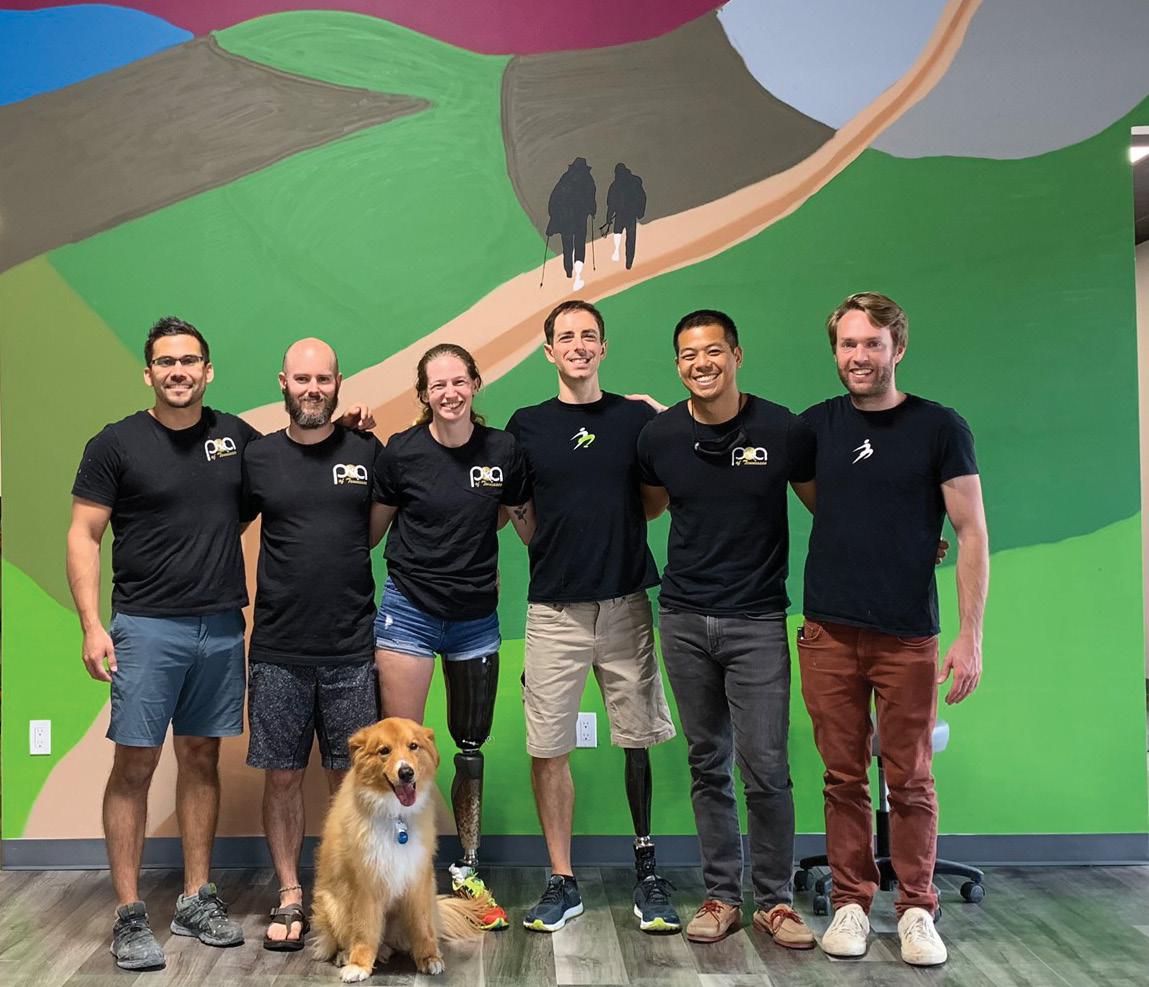
“Eric changed a lot, and it took a lot of effort to stay on top of his change and keep him feeling good,” adds Dickson. “He’s put in the time to work on the prosthesis, and the [POA team] has put in the time. Now his residual limb volume is stable.” Dickson notes that seeing patients for so many appointments can be overwhelming, “but if you just keep doing the best that you can on any given day, and see the process through, there is light at the end of that tunnel,” he says. “Eric’s thankful we did the things that we did to keep him mobile.”
Going forward, Dickson is confident Crump will continue hiking and engaging in other activities. In addition to his regular prosthesis, Crump now has a running leg that was funded through a grant from CAF. Dickson is glad he and the POA team took the time to ensure an optimal solution for Crump: Seeing a former athlete return to activity after years of limited mobility is “really powerful.”
DO YOU HAVE A TRANSFORMATIVE PATIENT-CARE EXPERIENCE YOU’D LIKE TO SHARE WITH O&P ALMANAC READERS? Contact Editor Josephine Rossi, jrossi@contentcommunicators.com, with your story to be considered for an upcoming profile.
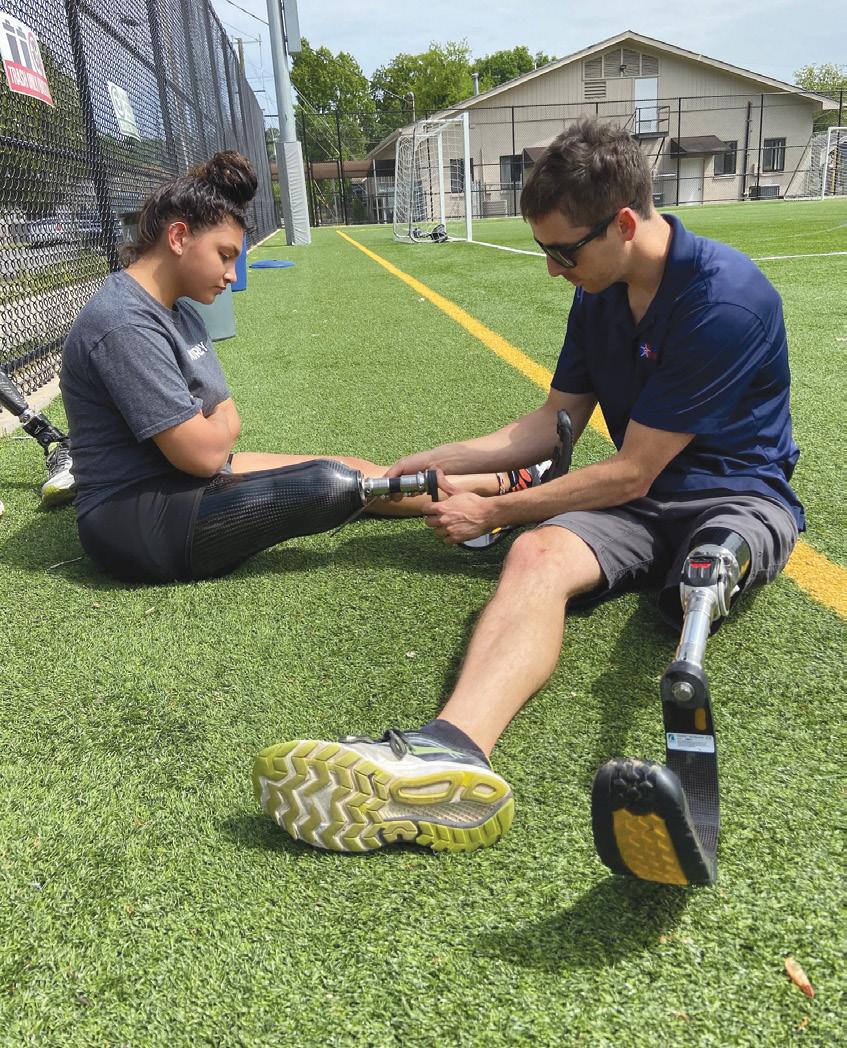
HISTORY: 38 years










